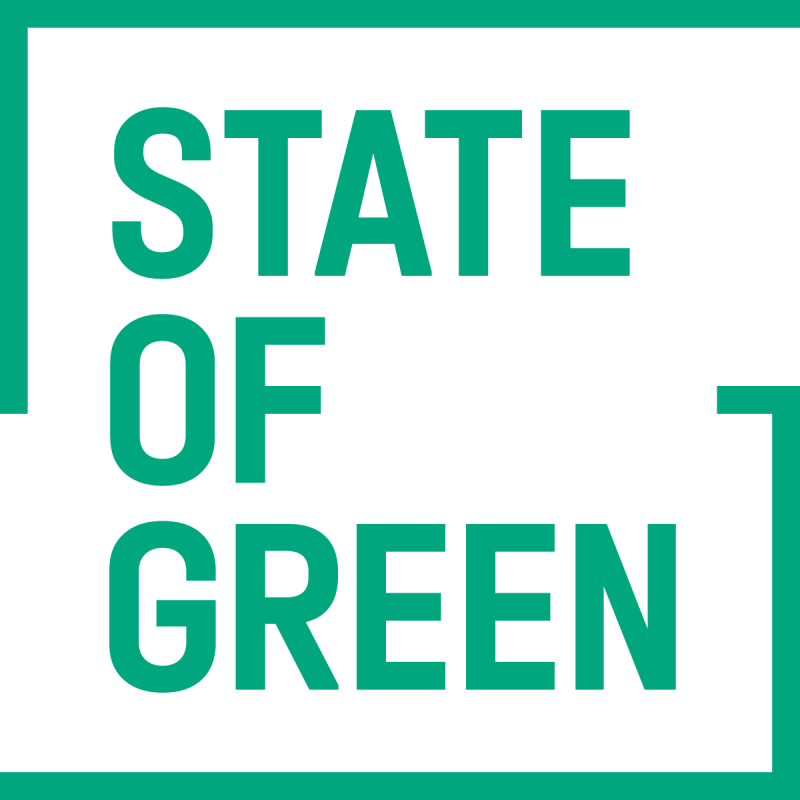Download our publication on clean air today
This article is part of our publication ‘Clean air’.
Download nowPerspective
Air pollution


Just within the EU, air pollution costs are over EUR 4 billion in healthcare, EUR 16 billion in lost workdays and 400,000 premature deaths every year, according to the latest estimates from the European Commission. Globally, urbanisation is increasing rapidly, exposing billions of citizens to air pollution and urging the need for local authorities to address air pollution and encourage behavioural change to help improve air quality in the cities.
A growing number of cities worldwide are working together to coordinate and integrate policy strategies for improving air quality as well as share experiences.
The C40 Clean Air Declaration, which was signed at the C40 World Mayors Summit in Copenhagen in 2019 by 35 city mayors, shows the relevance of setting goals together and cooperating on implementation. For many decades, Danish cities have been frontrunners in addressing urban
air pollution. Already in the late 1960s, sulphur dioxide was recognised as an air pollutant with various negative impacts on health and the environment. In 1972, this ed to regulation of the sulphur content in fuel oils in Denmark. Through the Danish Environmental Protection Act of 1974, the authorities were empowered to restrict, for instance, air emissions from the industry and energy sectors, and the Act proved to be an efficient instrument to reduce local air emissions and associated health risks.
Transportation is another key reason for poor urban air quality. During the 1970s, awareness concerning the negative health impacts of transport emissions started to increase in Denmark. This concern began with the disclosure that lean in transport emissions could affect the human nervous
system, which led to increased pressure for regulation of the use of unleaded petrol. In 1990, Denmark introduced strengthened emission requirements, forcing all new cars to be fitted with catalytic converters in order to reduce emissions of carbon monoxide, volatile organic compounds and nitrogen oxides. The EU introduced a similar regulation in 1993. Fuel quality requirements, taxation, vehicle emission standards and urban vehicle access restrictions have been central to improve urban air quality in Denmark and foster local businesses to develop solutions to meet the new requirements.
Integrating local heating needs into the wider energy system has also been a central tool to improve air quality in Danish cities. Shifting from individual domestic heating using coal or oil, to the use of district heating based on surplus heat from conventional power plants, industries and waste incineration has increased efficiency, reduced the carbon foot print and air pollution from the urban heating supply.
Much of the development has been achieved through the largescale transition to district heating networks, which is an important infrastructural premise that must be present to broadly integrate the energy systems. Today, two out of three households are supplied by district heating in Denmark, which allows for a more efficient heat supply if produced centrally in densely populated areas. The use of wood stoves as an extra, secondary heating source is widely used in Denmark. Accordingly, it is also a major source of particulate matter harming human health. The main approach in addressing the pollution problem from this local heating source has been to replace old stoves with modern, more energy efficient and cleaner ones.
New Danish wood stoves are characterised by being much more efficient and cleaner than their European competitors and ahead of the coming EU eco-design requirements for wood stoves. Back in 2008, the Danish Environmental Protection Agency issued the world’s first statuary order that included emission limit values for new wood stoves. Over the years, these emission limit values have been revised and in 2017, the emission limit values were restricted to a level, which is below the EU standards that will enter into force in 2022. In parallel, the promotion and use of environmental labelling have been used extensively for wood stoves.
The Nordic eco-label, the Swan, has driven the markettowards even more efficient and clean wood stoves. The Danish consumers have increasingly chosen new wood stoves with the Nordic Swan label. Back in 2006, only one manufacture produced such a wood stove, and when the use of the swan label peaked, 90 per cent of all new wood stoves were Swan labelled. The environmental requirements from
the authorities and the consumers have been a major driver for the innovation of cleaner products from the wood stove manufactures. At all price ranges, consumers are today able to buy a wood stove with lower emission levels than national or EU requirements.

This article is part of our publication ‘Clean air’.
Download now